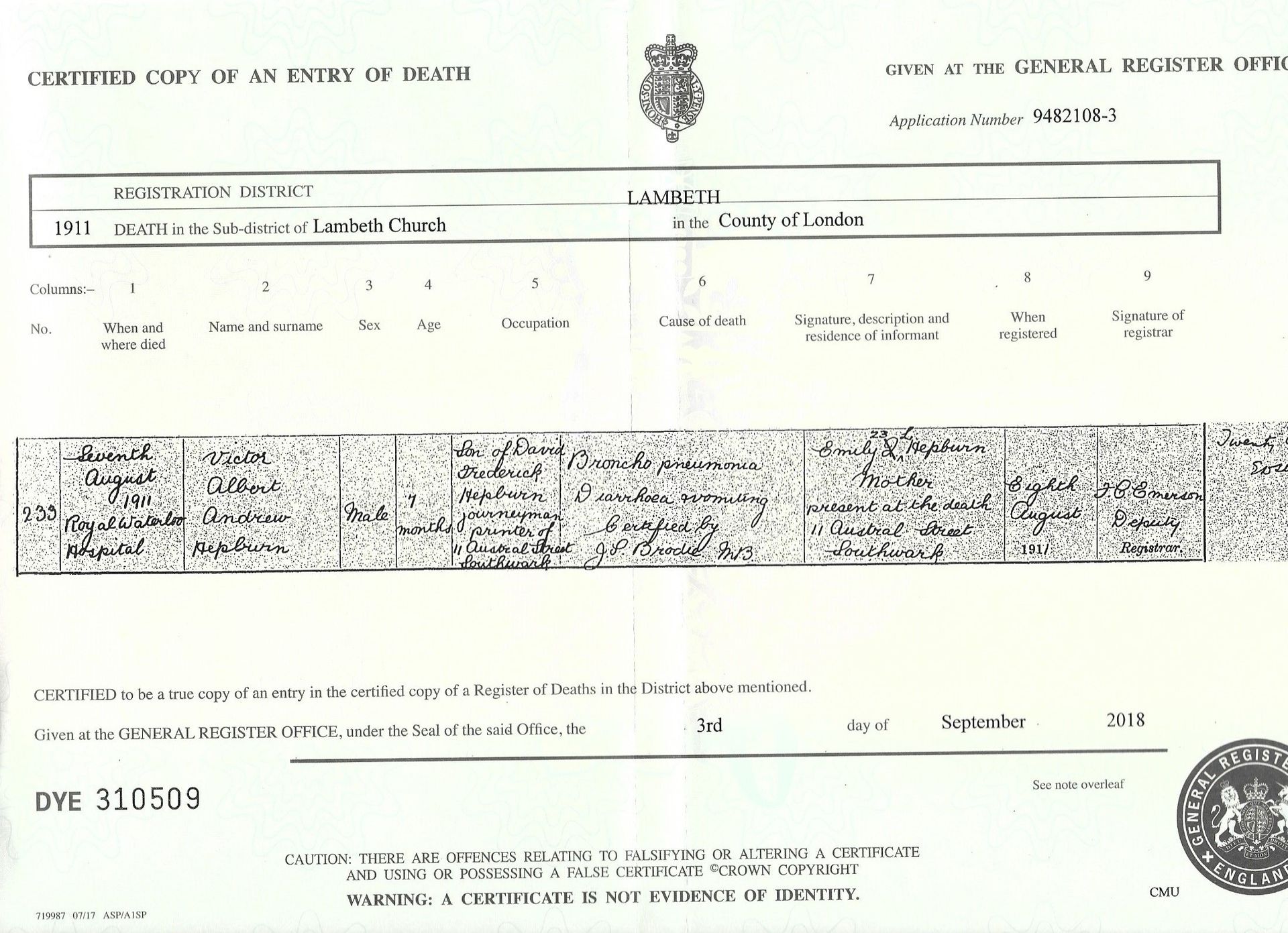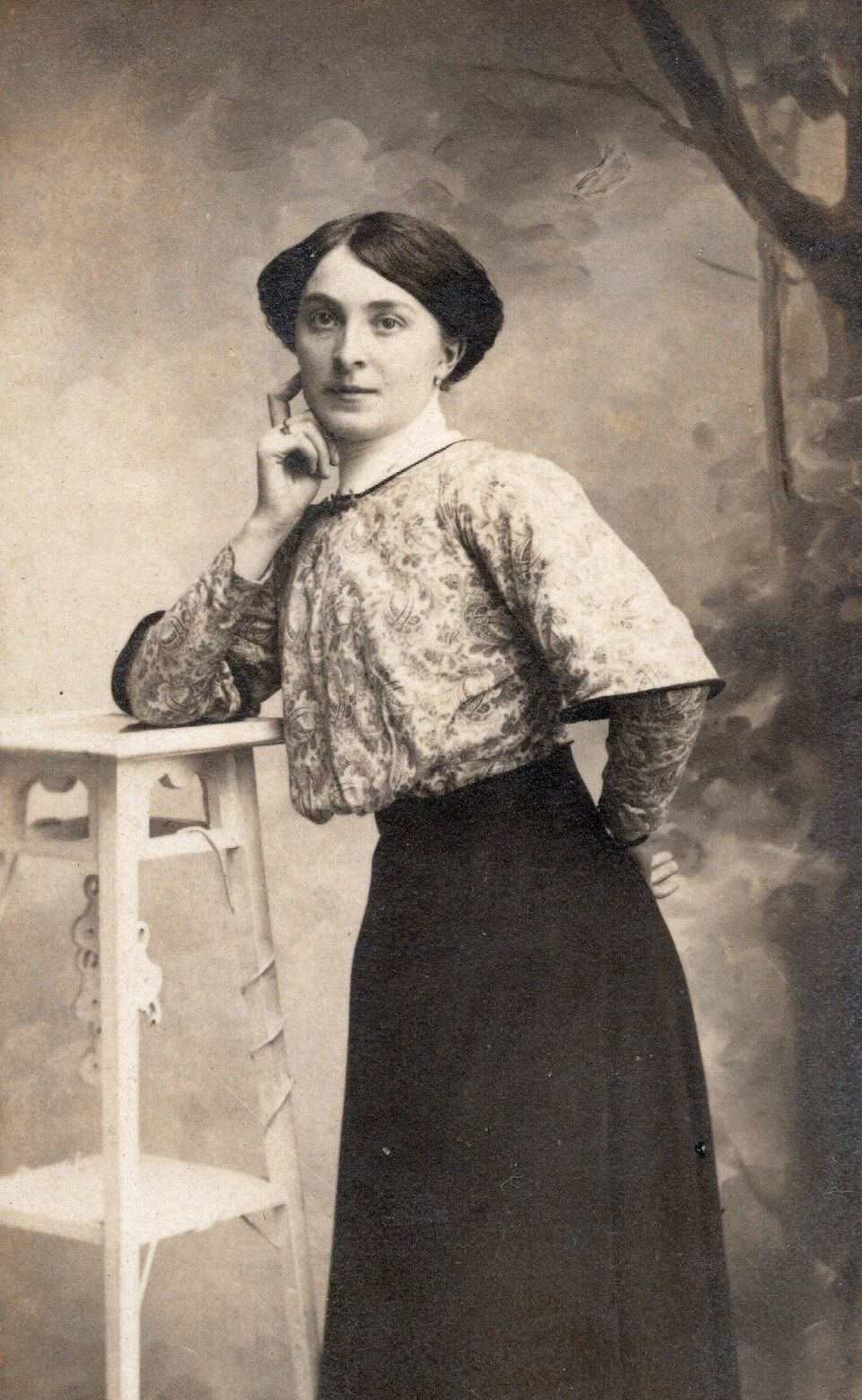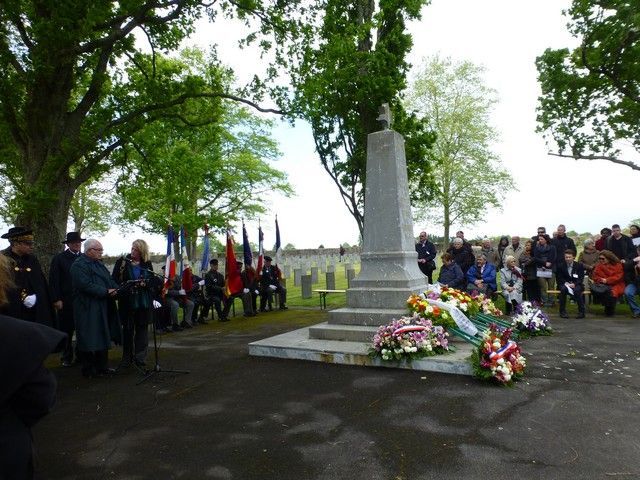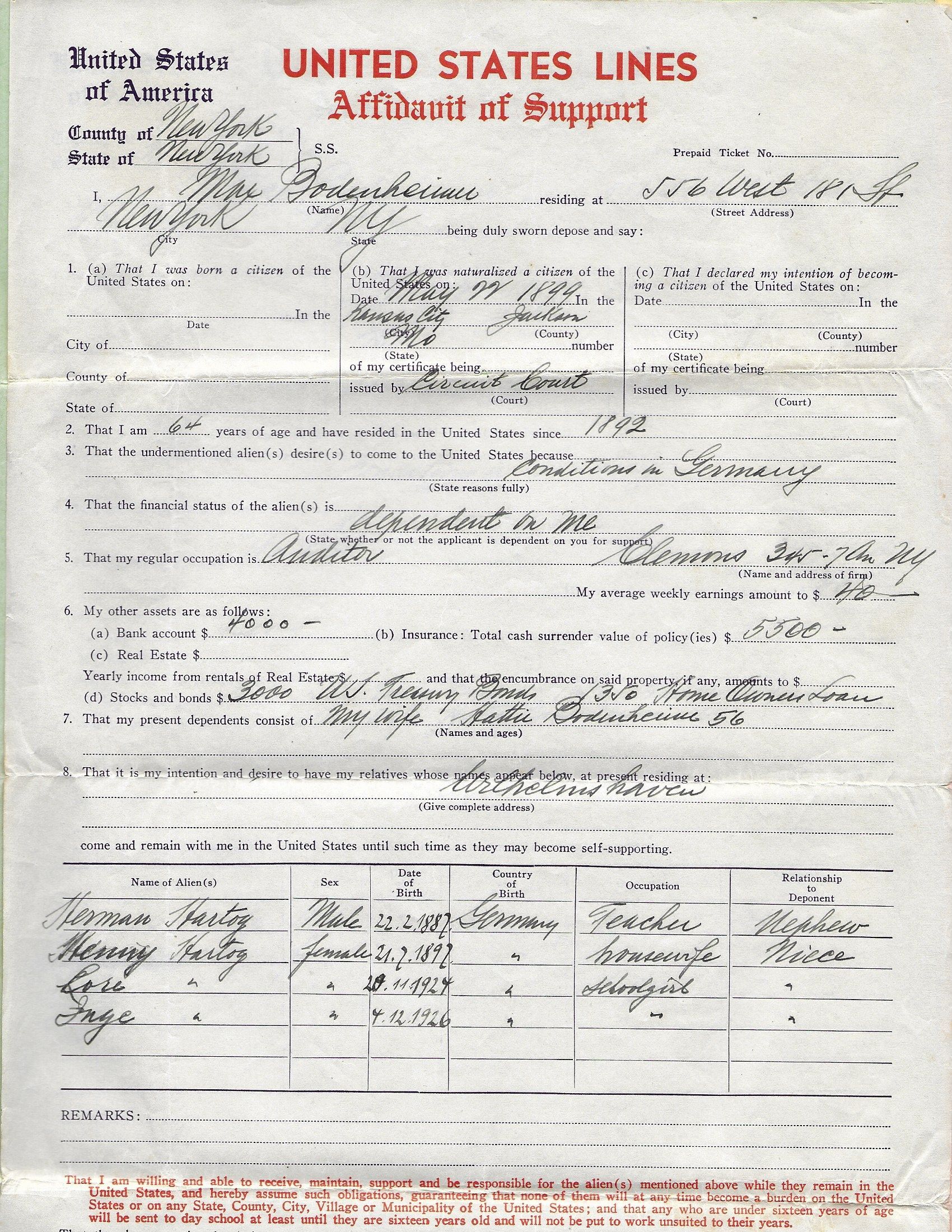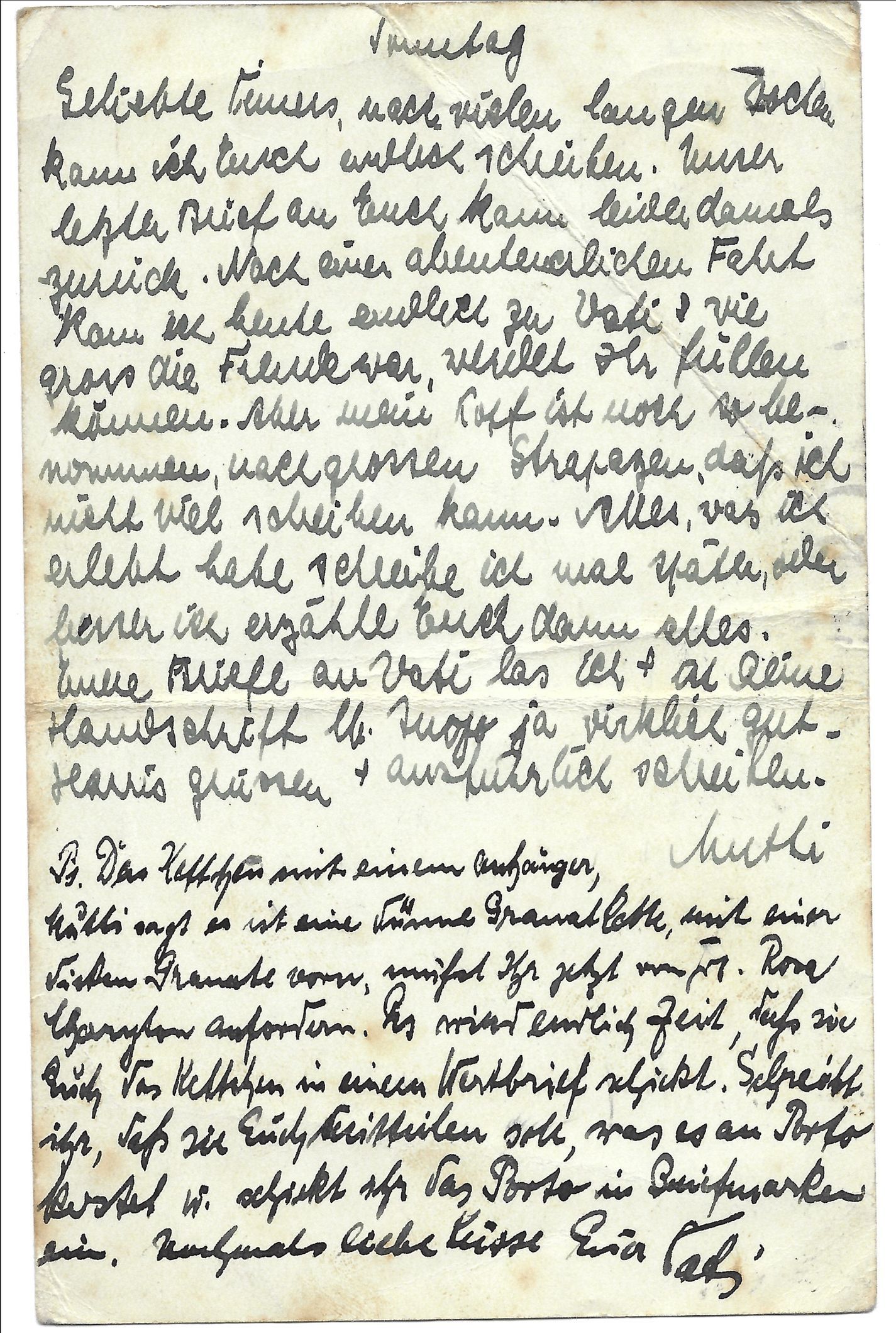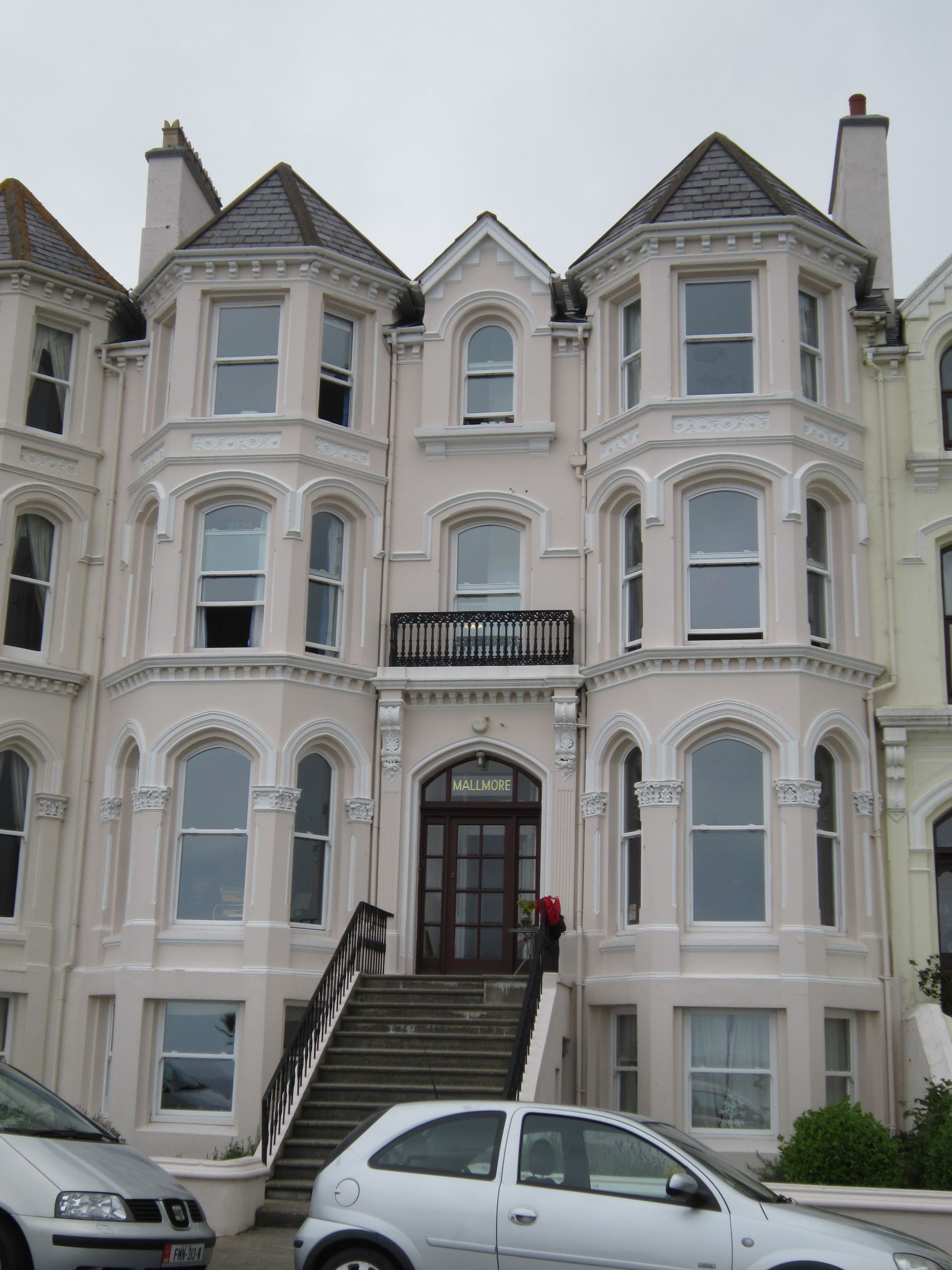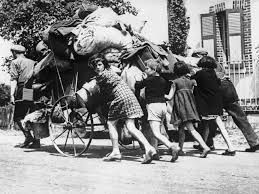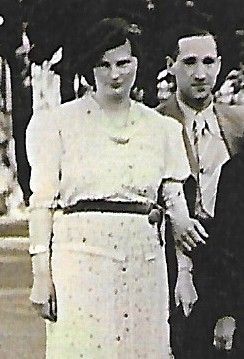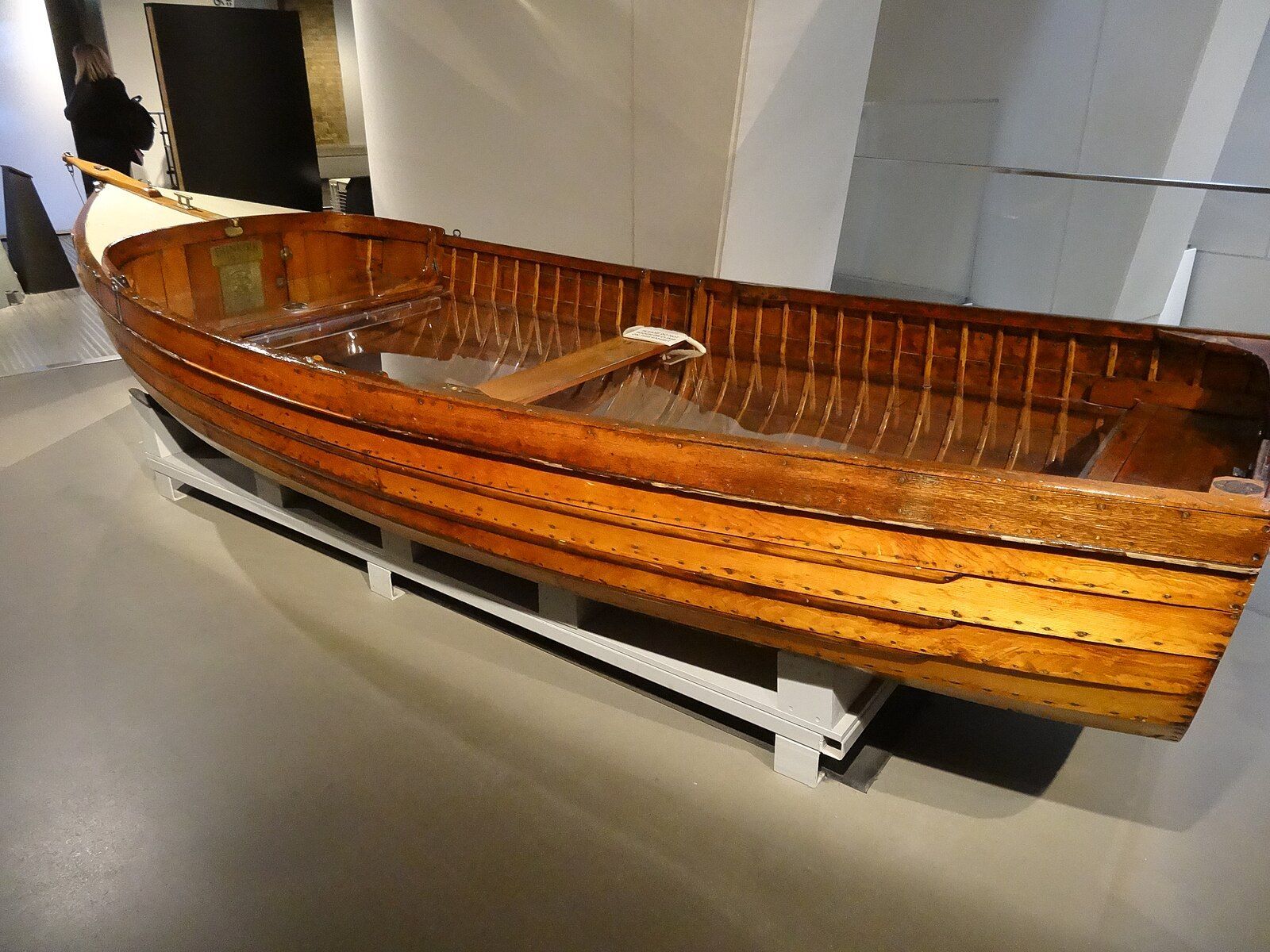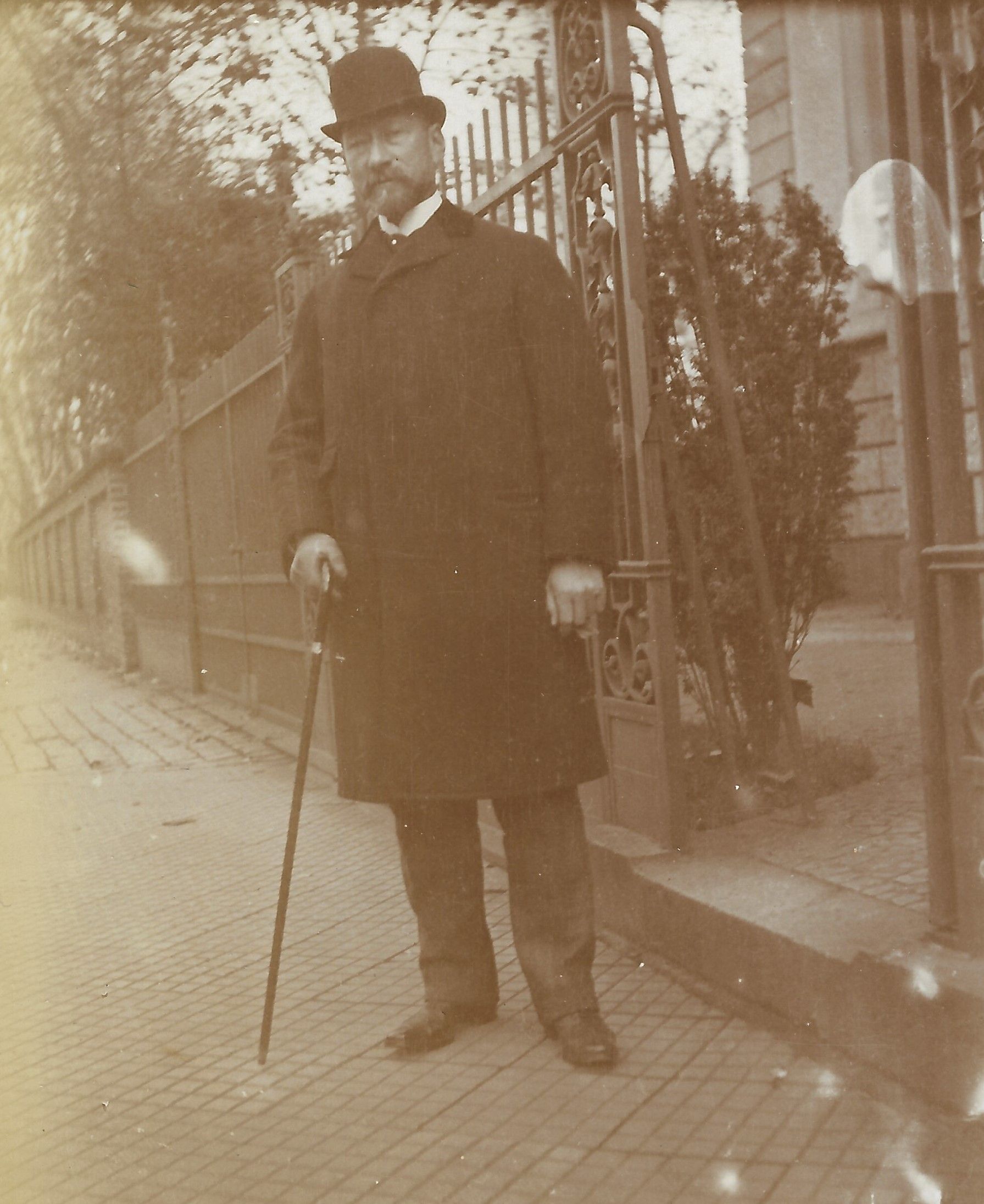The Vel d'Hiv roundup 16 - 17 July 1942
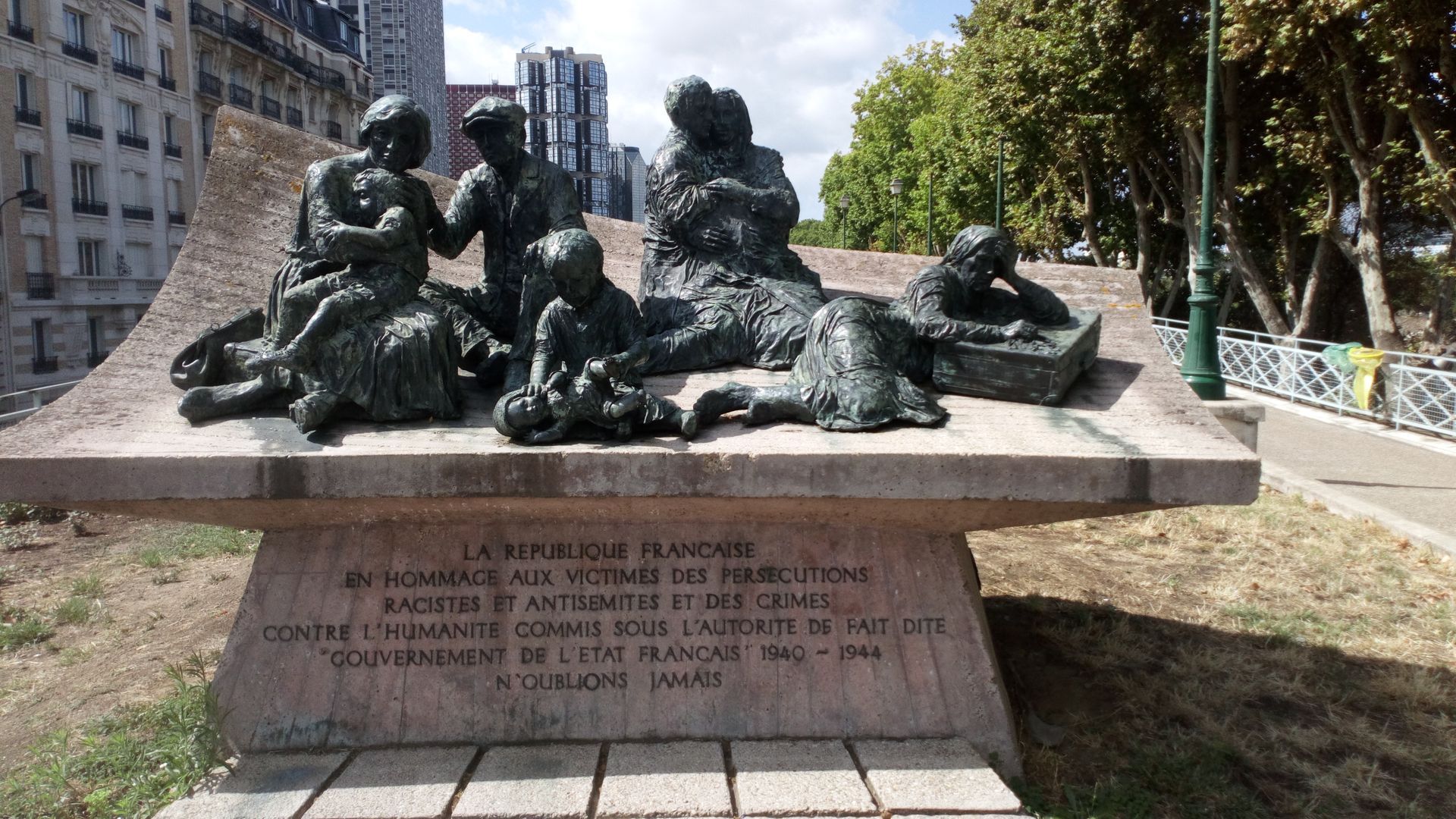
The Vel d'Hiv (short for Vélodrome d'Hiver) round-up was a mass arrest of Jews in Paris on 16 July 1942 by Vichy police at the request of the German occupying authorities. It was part of a plan to eradicate Jews from all of France. The round-up was part of the 'Final Solution' decided at the Wannsee conference in January 1942, and was a jo int operation between German administrators and French collaborators.
The Vel d'Hiv was a large indoor sports stadium with a cycle track and had already been used as an internment location for Jewish women in the summer of 1940, when Henny Hartog had been one of the women interned there.
There had been other round-ups in France earlier in the year but they had failed to deliver the numbers of Jews promised to the Germans. This one was aimed at all foreign Jews aged from 16 to 50, although exceptions were made for some women. It was intended that children would be sorted at the assembly centre but many children were eventually included in the final number. The director of the city police ordered that
'the operations must be effected with maximum speed, without pointless speaking, and without comment'.
The round-up began at 4.0am on Thursday 16 July 1942 with 9,000 policemen involved. They carried with them detailed lists of the names and addresses of those Jews they were searching for – information that had been carefully collected from existing records and censuses in the city. In total, 13,152 Jews were arrested, including 5,802 women and 4,051 children. They were each allowed to take with them a blanket, a jumper, a pair of shoes and two shirts.
Inside the Vel d'Hiv the summer heat was intense. with the effect of the sun through the darkened glass roof increasing the temperature. All windows were blocked, there were no toilets, and the only food available was that being supplied by Quakers and members of the Red Cross. Anyone who tried to escape was shot and there were some who committed suicide.
After five days, the detainees were taken to other internment camps in France and from there to Auschwitz and other extermination camps.
A fire destroyed part of the Vel d'Hiv in 1959 and the rest of the structure was afterwards demolished. On 3 February 1993, the French President, François Mitterand, commissioned a monument to be erected on the site and this now stands nearby, on the Quai de Grenelle, by the side of the River Seine. It is the work of the Polish sculptor, Walter Spitzer, who was himself a survivor of Auschwitz. The sculpture includes children, a pregnant woman, and a sick man. It was inaugurated on 17 July 1994.
(the photo shows the sculpture)
